Goats belong to the genus Capra in the Bovidae family and are ruminant animals that have been widely domesticated and bred by humans throughout history. Different goat breeds, such as wild goats, Nubian goats, Kiko goats, and Savanna goats, have proven to be among the most versatile farm animals. In this article, we will explore some of the main types of goats, highlighting their origins, distribution, and distinctive traits.
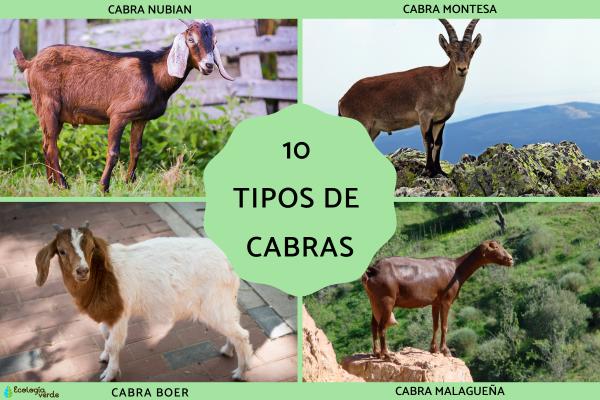
The Nubian goat, also known as the "Anglo-Nubian goat" in some regions, originated in Africa. It is believed that they were domesticated over 5,000 years ago in the Nubia region, which includes parts of present-day Sudan and Egypt. This breed is characterized by its short, smooth hair, which can be brown, black, or white. They are medium to large in size, with an average height of 80 centimeters and a weight between 70 and 100 kilograms.
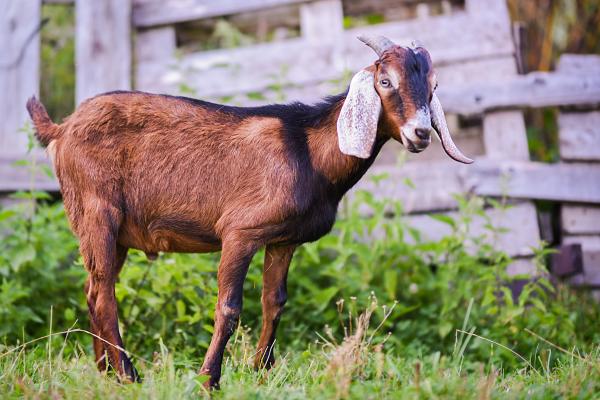
Wild goats were originally distributed across southern France, Andorra, Spain, and Portugal. Today, this species is mainly endemic to the mountainous regions of Spain and northern Portugal. Wild goats display strong sexual dimorphism. Females reach about 1.2 meters in length, 60 centimeters in shoulder height, and weigh between 30 and 45 kilograms.
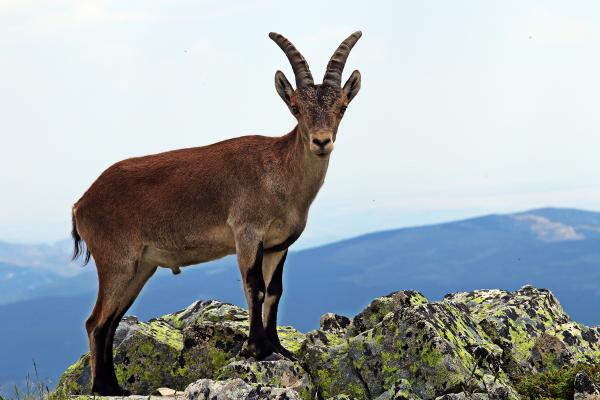
The Boer goat breed originated in 19th-century South Africa, resulting from the crossbreeding of European and local goat breeds. These animals are medium to large in size. Males weigh between 70 and 135 kilograms, while females weigh between 50 and 100 kilograms. Their coat is predominantly white, with dark brown or reddish patches mainly on the head and limbs.
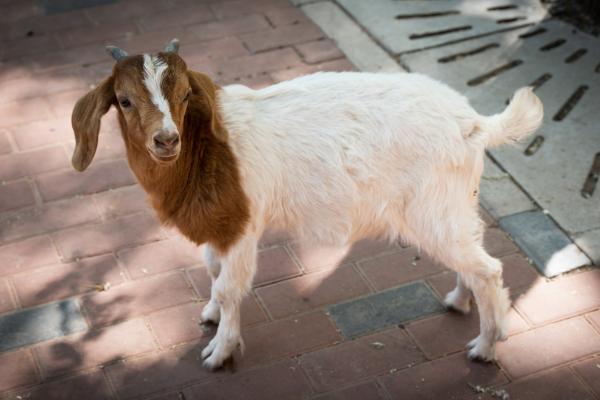
The Kiko goat breed originated in New Zealand in the late 1980s. Kiko goats are robust, adaptable, and fast-growing. They have well-developed musculature and strong bones, offering high feed conversion efficiency. They are also recognized for their resistance to diseases and parasites, making them easy to manage.
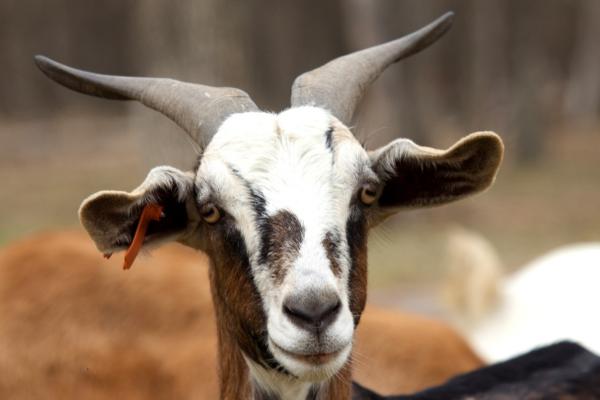
The Alpine goat breed originated in the Swiss Alps and is currently distributed mainly in Spanish regions such as Asturias, Cantabria, Castilla y León, Galicia, the Basque Country, and Catalonia. The Alpine goat is medium in height and size, with a long and slim build. Males weigh about 90 kilograms on average, while females are around 70 kilograms.
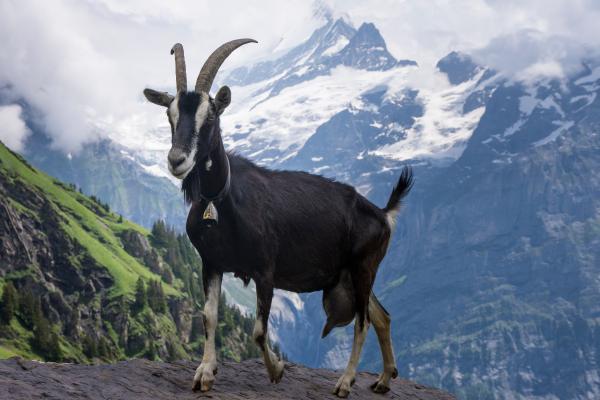
The Palmera goat breed originated on the island of La Palma, part of the Canary Islands archipelago. Palmera goats are medium-sized, with an average shoulder height of 70-80 centimeters and a weight of about 50-60 kilograms. They have short, coarse hair, varying in color from light brown to black.
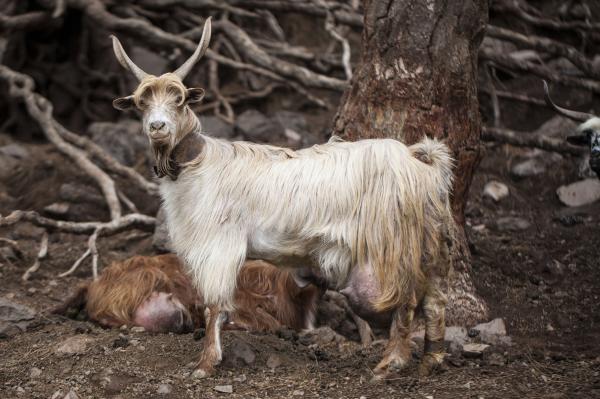
The Savanna goat breed originated in South Africa. Since the 1970s, it has spread globally, reaching countries such as the United States, Australia, Brazil, and Mexico. Savanna goats have an average shoulder height of 70-80 centimeters and weigh between 50 and 70 kilograms. Their coat is short, dense, and milky white, giving them excellent adaptability to a wide range of climates.
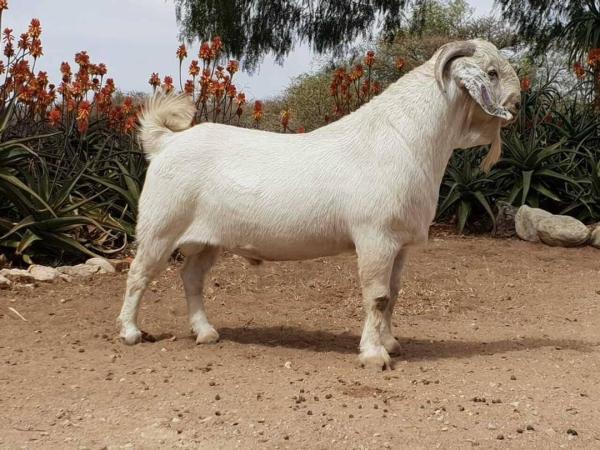
The Canary goat breed originated in the Canary Islands, located in the Atlantic Ocean. These goats are highly valued for their adaptability to arid terrain and their ability to produce high-quality milk even in adverse climatic conditions. Canary goats are medium-sized, with an average shoulder height of 70-80 centimeters and a weight of about 50-60 kilograms.
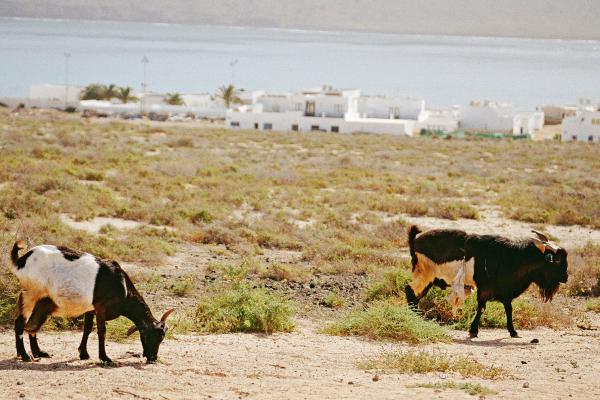
The Asturiana de los Valles goat breed originates from northern Spain. These goats are medium-sized, with an average shoulder height of 70-80 centimeters and a weight of about 50-60 kilograms. They have short, thick coats, with colors ranging from light brown to black.
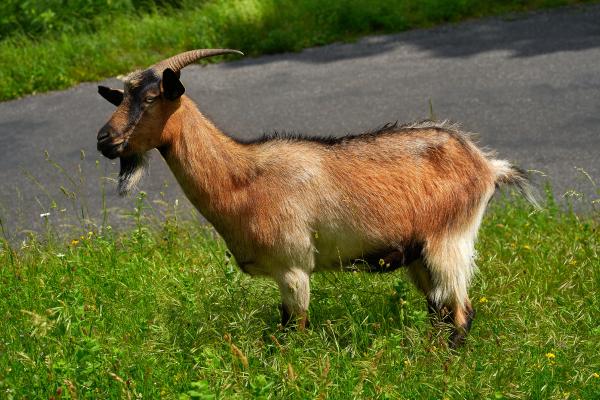
The Malagueña goat breed originated in the province of Málaga, southern Spain. Malagueña goats are medium-sized, with an average shoulder height of 70-80 centimeters and a weight of about 50-60 kilograms. They have soft, silky hair, with colors ranging from light brown to black. This breed is especially prized among cheese producers due to the excellent quality and taste of its milk.

animal tags: Goats
We created this article in conjunction with AI technology, then made sure it was fact-checked and edited by a Animals Top editor.